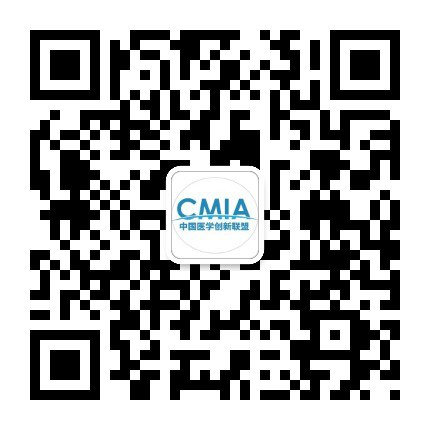超声与腰麻
本文由“小麻哥的日常”授权转载
分享一篇发表在EJA上的关于超声与腰麻的文献。
摘要译文
患者侧卧位实时超声引导下旁正中腰穿注射中的干性腰穿:一项单中心回顾性研究
背景
实时超声引导(USG)腰穿注射通常是通过旁正中矢状斜位(PMSO)超声窗进行的。
目的
这项回顾性研究的目的是提醒人们注意在实时USG腰穿注射过程中发生的“干性穿刺”。
试验设计
单中心回顾性研究。
试验开展
中国香港大学教学医院
患者
回顾了ASA1~3级的113名患者(年龄69.2±18.0岁,BMI 22.3±3.6 kg•m−2)的病例数据,这些患者计划于2007年至2017年间接受腰麻。
干预措施
患者侧卧位时利用PMSO超声窗进行实时USG下侧入法腰穿注射或腰硬联合注射(CSE)。
主要结果指标
“干性穿刺”被定义为脑脊液(CSF)不能在3分钟内从针的中心流出,并且腰穿针在脊髓囊内被超声观察到。“慢脑脊液流出”定义为1至3分钟内的脑脊液流出。无论是“干性穿刺”还是“慢脑脊液流出”,都要通过腰穿针注射计划剂量的局部麻醉剂。
结果
干性腰穿和慢脑脊液流出的合并发生率为23.8%(27/113),每个事件的个体发生率分别为9.7%(11/113)和14.2%(16/113)。在这项研究的条件下,所有患者都成功地进行了腰麻。
结论
患者侧卧位、侧入法时,9.7%的病例在使用PMSO超声窗实时USG下腰穿过程中发生“干性穿刺”,
原文摘要
Dry spinal tap during real-time ultrasound-guided paramedian spinal injection with patient in the lateral decubitus position : A single-centre retrospective study
BACKGROUND
Real-time ultrasound-guided (USG) spinal injection is generally performed via the paramedian sagittal oblique (PMSO) ultrasound window.
OBJECTIVE
The aim of this retrospective study was to draw attention to the occurrence of ‘dry tap’ during real-time USG spinal injection.
DESIGN
Single-centre retrospective study.
SETTING
University teaching hospital, Hong Kong, China
PATIENTS
Data from 113 patients (aged 69.2 ± 18.0 years and BMI 22.3 ± 3.6 kg m−2) of American Society of Anesthesiologists physical status 1 to 3 scheduled for surgery under neuraxial blockade between 2007 to 2017 were reviewed.
INTERVENTIONS
Real-time USG spinal injections or combined spinal-epidural (CSE) using the PMSO ultrasound window with the patient in the lateral decubitus position and the spinal needle inserted from the nondependent side were studied.
MAIN OUTCOME MEASURES
‘Dry tap’ was defined as a failure of cerebrospinal fluid (CSF) to efflux from the hub of the needle, within 3 min, with the spinal needle visualised sonographically within the thecal sac. ‘Slow CSF efflux’ was defined as efflux of CSF within 1 to 3 min. Irrespective of whether it was a ‘dry tap’ or ‘slow CSF efflux’, the planned dose of local anaesthetic was injected through the spinal needle.
RESULTS
The combined incidence of ‘dry tap’ and ‘slow CSF efflux’ was 23.8% (27/113) with an individual incidence for each event of 9.7% (11/113) and 14.2% (16/113), respectively. Under the conditions of this study, successful spinal anaesthesia developed in all patients.
CONCLUSION
‘Dry tap’ occurs in 9.7% of cases during real-time USG spinal injection using the PMSO ultrasound window, with the patient in the lateral decubitus position and the spinal needle inserted from the nondependent side.
不感兴趣
看过了
取消
不感兴趣
看过了
取消
精彩评论
相关阅读





 打赏
打赏


















 010-82736610
010-82736610
 股票代码: 872612
股票代码: 872612






 京公网安备 11010802020745号
京公网安备 11010802020745号
